François Baillairgé (1759–1830)
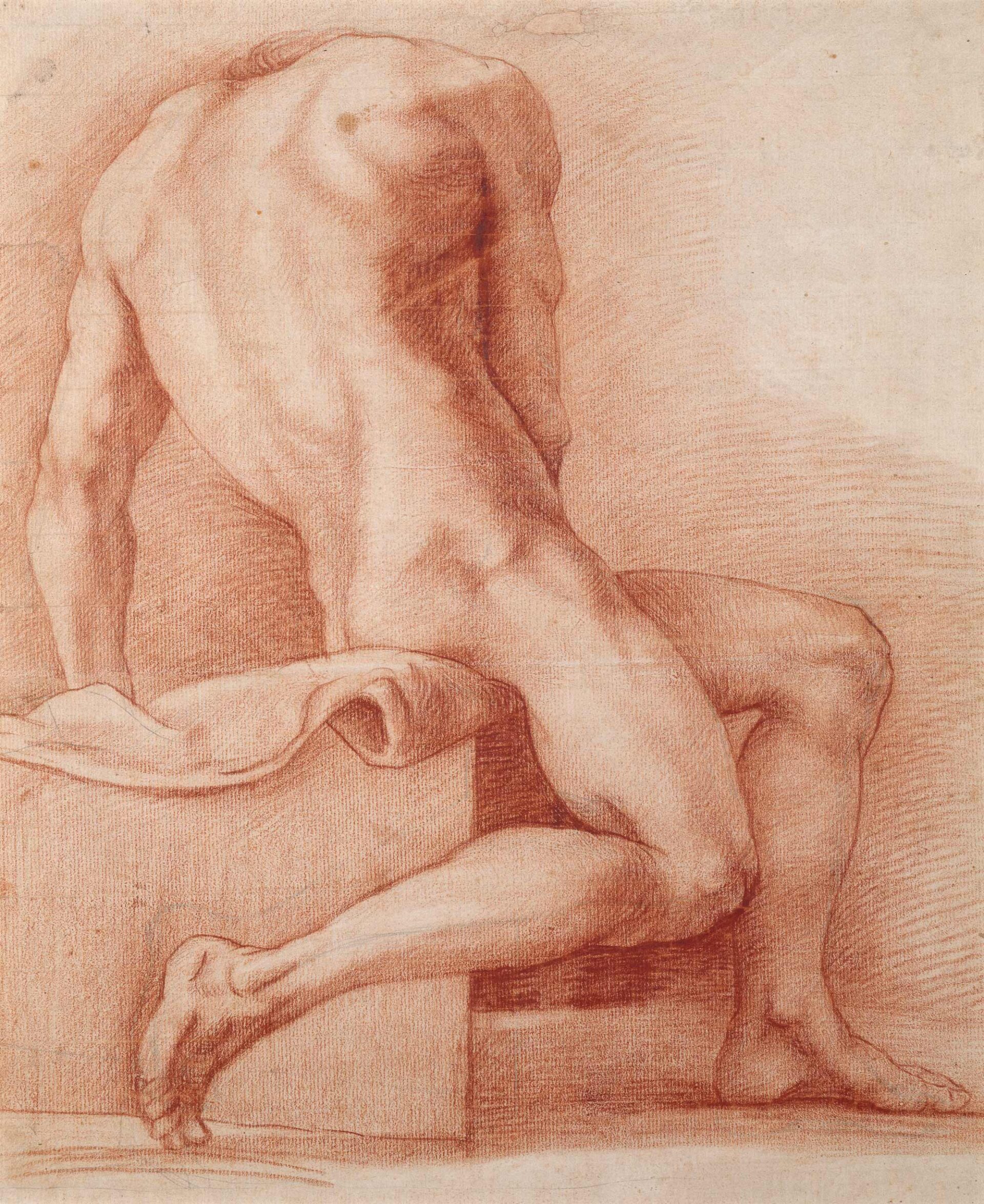
François Baillairgé, Académie d’homme assis, de trois quarts dos, la tête penchée vers l’avant (Academic Drawing of a Seated Male, Three-Quarter Back View, Head Tilted Forward), c.1778–81
Red chalk and graphite on paper, 53.5 x 38.5 cm
Musée national des beaux-arts du Québec, Quebec City
A true phenomenon in the history of Canadian art, François Baillairgé was the first Quebec City–born apprentice artist to complete his training at the Académie royale de peinture et de sculpture in Paris, where he studied from 1779 to 1781. This exceptional education allowed him to teach drawing for extra income and to share his knowledge with his peers. Through his teaching, “the artist-professor contributed to the transmission of artistic knowledge in the colony”—a significant part of his legacy. Baillairgé distinguished himself in the province as a versatile artisan-artist, mastering not only drawing and painting but also carpentry, sculpture, church decoration, portraiture, miniatures, theatre set design, and art restoration. He also made models, puppets, and dolls.
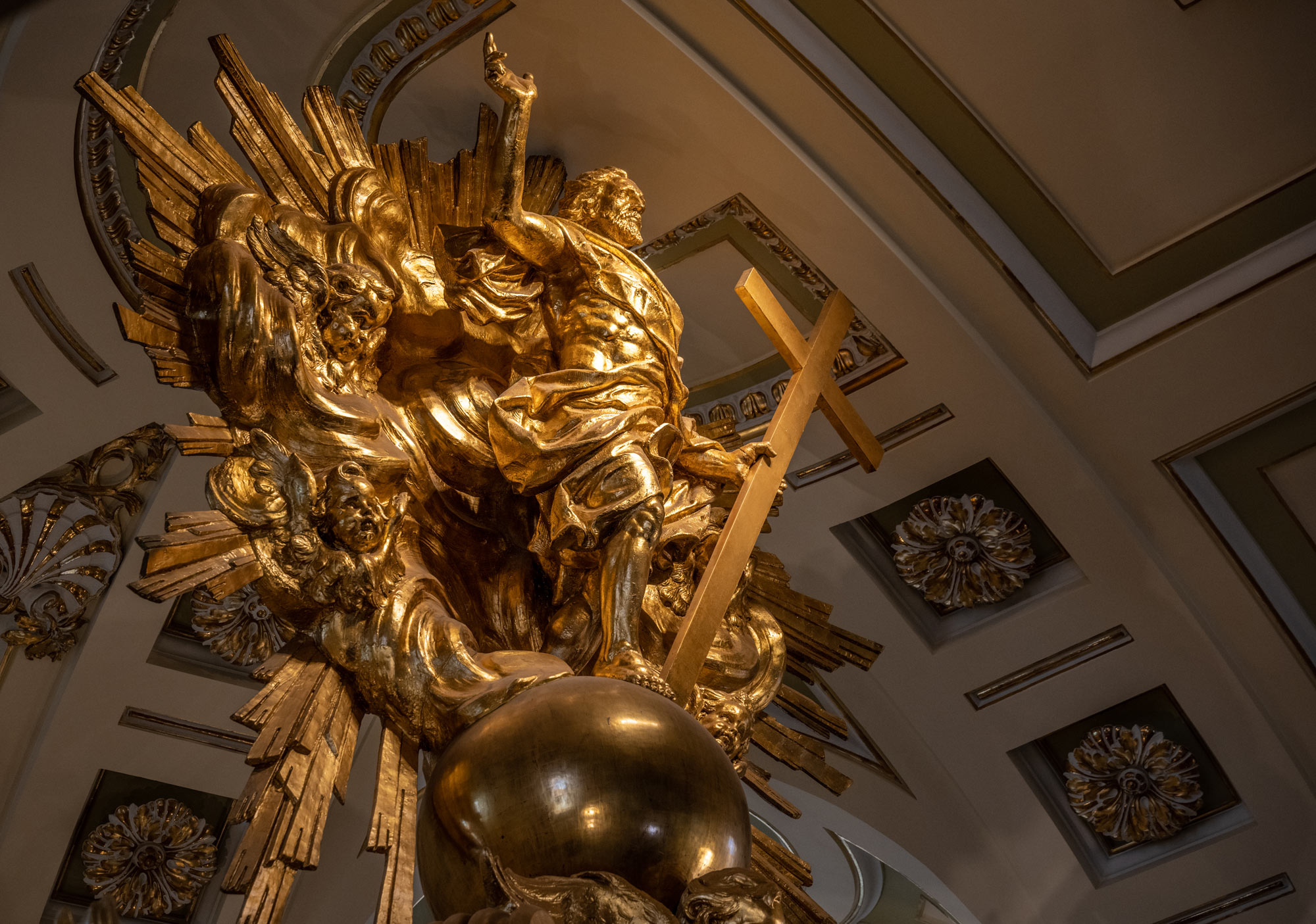
Baillairgé’s legacy is most visible in the built heritage of Quebec City, where his originality shines in the design of religious furnishings. His most spectacular creation is the interior decor of Notre-Dame de Québec Basilica-Cathedral, completed in 1793. Elevated to cathedral status in 1674 under the episcopate of Monsignor François de Laval (1623–1708), Notre-Dame de Québec, the first parish church of New France, was destroyed in 1759 during the British bombardment of Quebec City. Reconstruction began in 1766, based on plans by Gaspard-Joseph Chaussegros de Léry (1682–1756), who was the chief engineer of New France. Baillairgé and his father, Jean Baillairgé (1726–1805), were invited to contribute between 1787 and 1793. Their work included the interior components: the altarpieces, baldachin, statues, bishop’s throne, and high altar.
In 1922, a fire consumed Notre-Dame de Québec and the work of the Baillairgé family; today, only black and white photographs remain. The basilica-cathedral has since been rebuilt, and its impressive interior, now made of fire-resistant plaster and steel, has been reconstructed. The sumptuous gilded and carved baldachin rising above the high altar reflects an emphasis on architectural unity and the elegant formal simplicity characteristic of Baillairgé’s style. Today, the decor of Notre-Dame de Québec remains one of the city’s most cherished attractions.
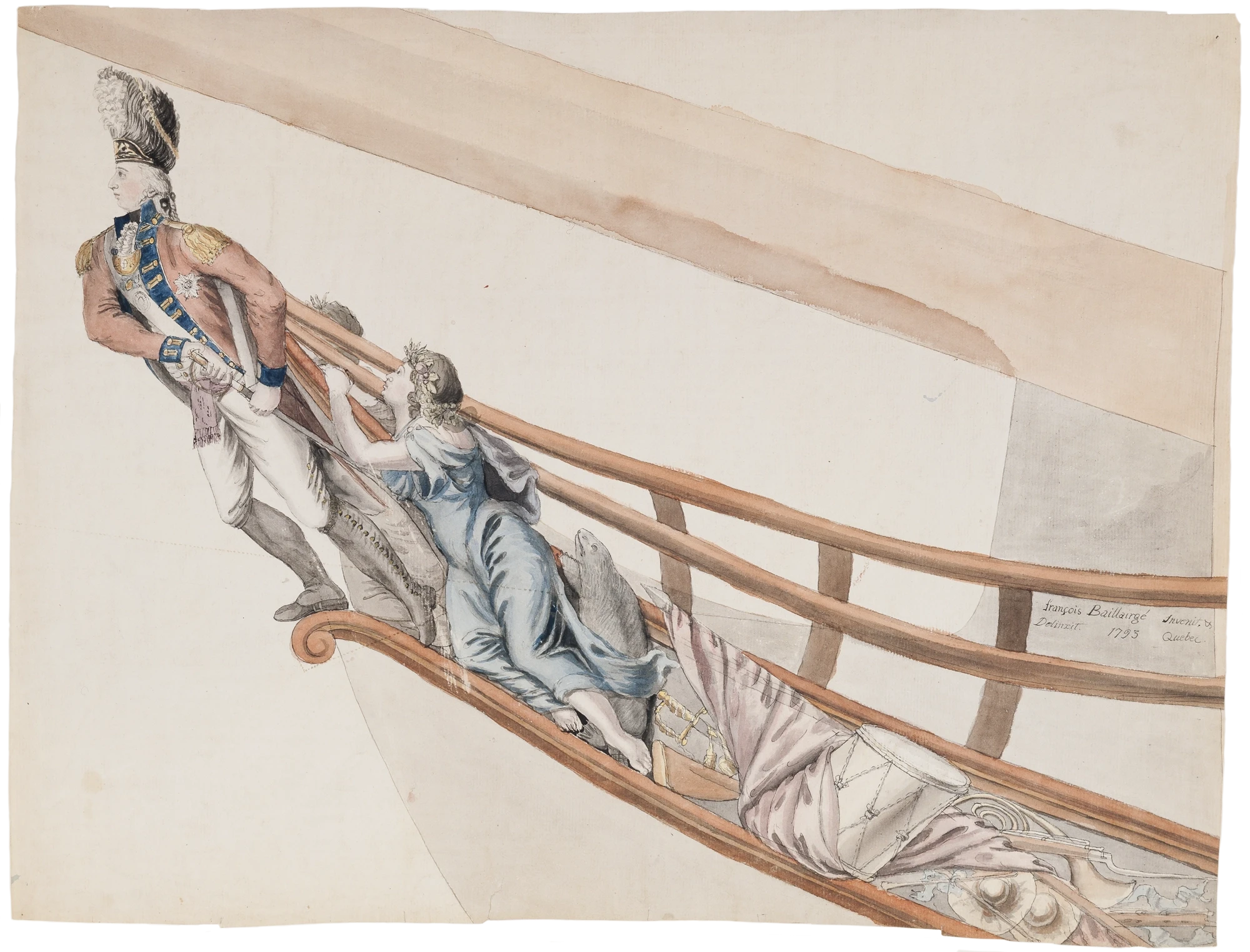
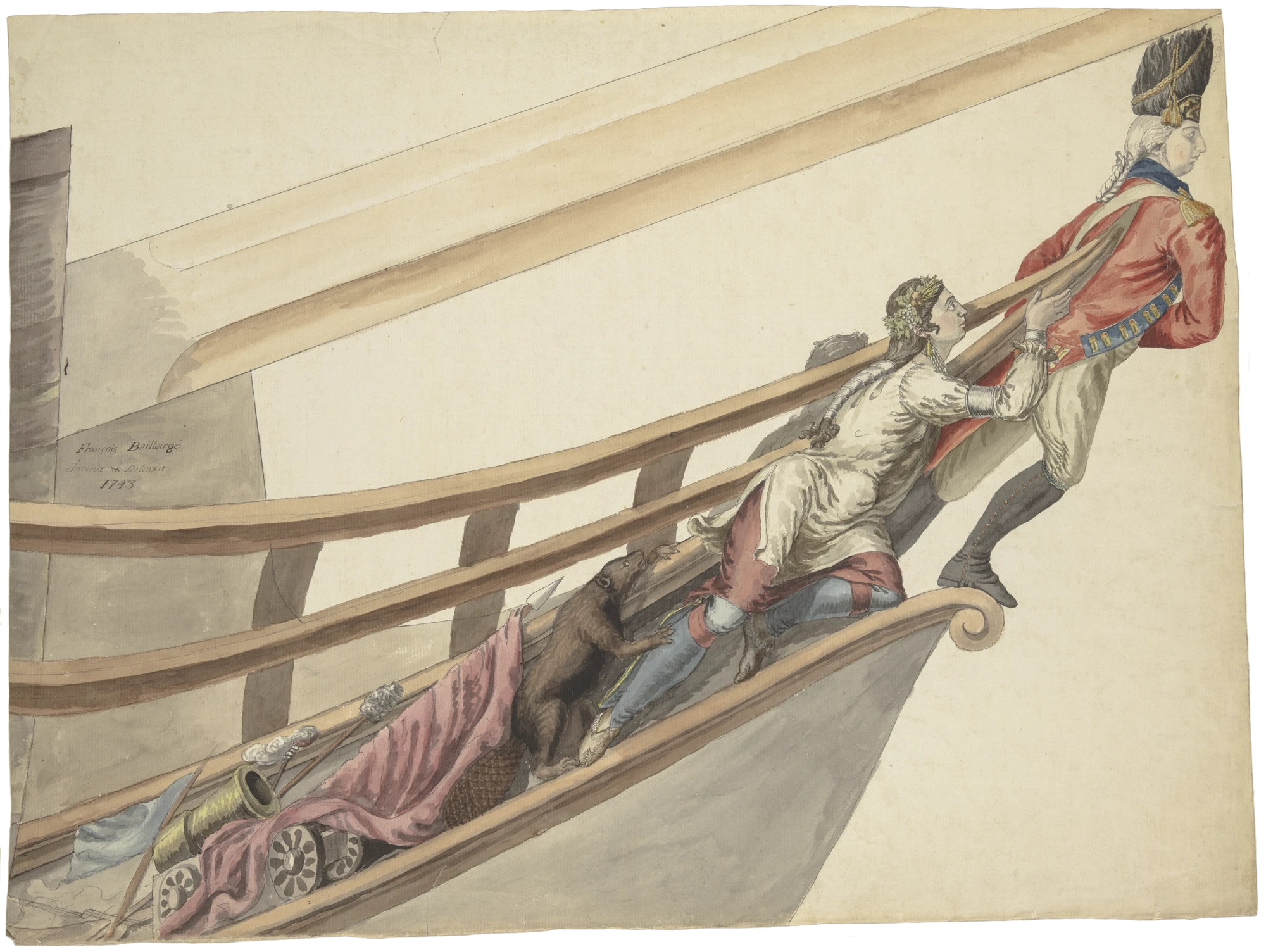
Thanks to Baillairgé’s journal, Livre des dépenses et affaires, in which he meticulously recorded the events of his life from 1784 to 1800, we can gain insight into the nature of his works, the majority of which have now been lost. This invaluable document details the career of a conscientious and methodical man dedicated to satisfying a diverse clientele, both ecclesiastical—Baillairgé painted around thirty religious scenes inspired by models from widely circulated paintings and prints—and secular.
The most illustrious of Baillairgé’s clients was Prince Edward Augustus, father of Queen Victoria. Following the Constitutional Act of 1791, which divided the Province of Quebec into Lower Canada (including Quebec City) and Upper Canada, the British ruling class settled in Quebec City. In 1792 and 1793, Baillairgé sculpted a figurehead of the prince for the Royal Edward, an eighteen-gun schooner. His design, which has survived in the form of two ink-and-watercolour drawings held by the Musée national des beaux-arts du Québec, depicts the prince in full length, dressed in the uniform of a colonel of the 7th Infantry Regiment, which accompanied him from Gibraltar to Quebec City in 1791. Behind him are two allegorical figures representing Lower and Upper Canada: on the port side, an Indigenous woman in traditional attire, and on the starboard side, a French woman draped in classical garments. A beaver, a new symbol of Canada, and several war trophies can also be seen.
Today, Baillairgé’s contribution to the history of art in Quebec City is fully and rightfully recognized. Since a 2018 reorganization of the collections at the Musée national des beaux-arts du Québec, the artist has been prominently featured in the permanent galleries dedicated to historical art.

 About the Author
About the Author
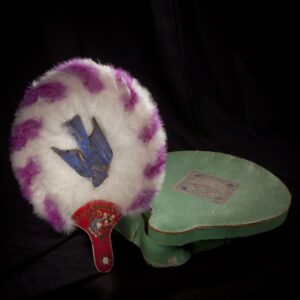 More Online Art Books
More Online Art Books
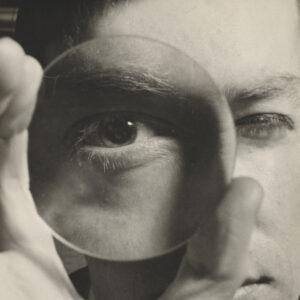 Acknowledgements
Acknowledgements